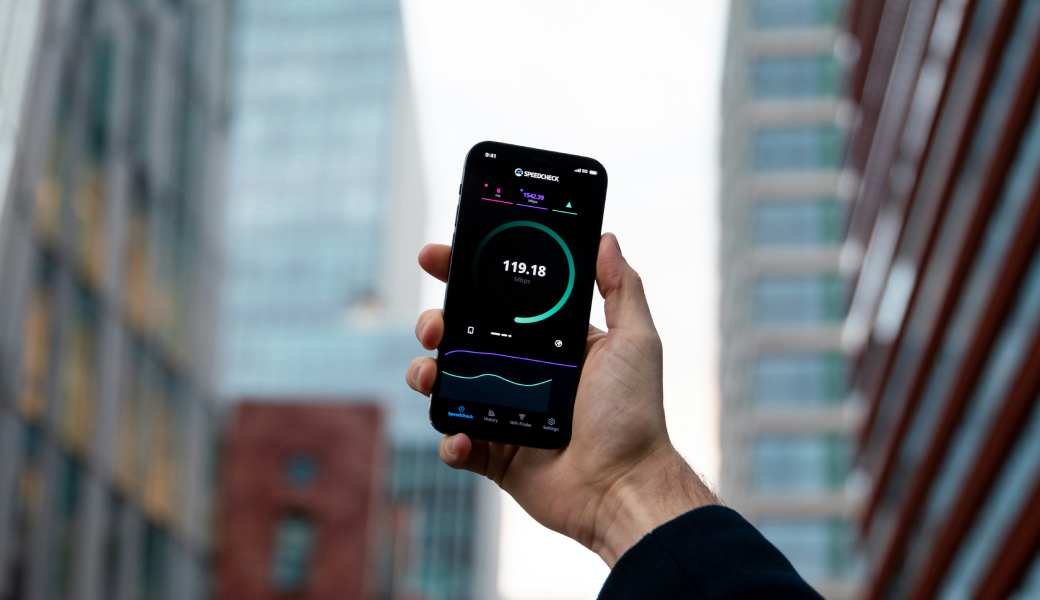When your internet slows down, it’s easy to assume you need a faster plan. Maybe you’ve even upgraded once or twice already — only to find your connection doesn’t feel much different. That’s because many people are unknowingly paying for speeds they don’t actually use.
Between plan tiers, router limits, and the way bandwidth is shared in most homes, it’s common to buy more than you need — or to lose the speed you’re already paying for. Before comparing internet providers in my area or signing another contract, it’s worth understanding how much speed your household really requires.
Let’s break down what might be eating your performance — and your budget — without you realising it.
1. Understanding What Internet Speed Really Means
Internet plans are often advertised in megabits per second (Mbps). That number reflects the maximum download speed available — not what you’ll experience at every moment. And it only represents part of the story.
What’s often overlooked is that most everyday activities use far less data than people expect. For example:
- Streaming HD video: roughly 5 Mbps per stream
- Video calls (Zoom, Teams): 2–4 Mbps
- General browsing or social media: under 1 Mbps
Even a modest plan of 50 Mbps can easily support a family of four — as long as everyone isn’t streaming 4K movies at once. The problem comes when we assume “bigger is better” and sign up for a top-tier plan that our devices can’t even take advantage of.
2. The Router Bottleneck Most People Forget
Your router determines how well your internet plan performs inside your home. An older or low-end router can’t handle the same data speeds your provider offers, meaning you’ll never see the full benefit of your plan.
If your provider promises 500 Mbps but your router tops out at 100 Mbps, you’re effectively wasting money every month.
What to check:
- Look at the model number on your router and search its maximum throughput.
- Replace outdated routers (especially those over five years old).
- Opt for a dual-band or Wi-Fi 6 router if you have multiple devices and a large household.
Upgrading your router once often has more impact than upgrading your plan repeatedly.
3. The Device Dilemma — You Can’t Go Faster Than Your Hardware
Not all devices are built equally. A brand-new laptop with modern Wi-Fi hardware can easily achieve the speeds your provider advertises, while an older tablet or phone might struggle to hit even half that.
Try this:
- Run a speed test on different devices in your home.
- Compare results — if one is consistently slower, the issue isn’t your plan.
- Update your device’s network drivers or software to improve performance.
You may find that your newer tech is flying while older devices are quietly holding everything back.
4. Shared Bandwidth Adds Up Quickly
Every connected device — from your TV to your smart doorbell — consumes a small share of your available bandwidth. Add enough background updates, cloud backups, and streaming sessions, and even a fast plan can feel sluggish.
Simple fixes:
- Disconnect devices you’re not actively using.
- Pause large downloads or software updates during peak times.
- Set streaming apps to standard HD instead of 4K if the difference isn’t noticeable on your screen size.
Managing usage is often all it takes to make your connection feel faster and more stable.
5. Speed Isn’t Everything — Latency Matters Too
Latency (the delay before data starts moving) can affect how responsive your internet feels. High latency can make a fast plan seem slow, especially during video calls or gaming sessions.
Your plan might advertise impressive download speeds, but if latency is poor, pages will still load sluggishly and live calls will lag.
To reduce latency:
- Connect via Ethernet for work or gaming instead of Wi-Fi.
- Avoid running multiple high-bandwidth activities at once.
- Reboot your router weekly to clear temporary network congestion.
6. Matching Your Plan to Real-World Needs
If you mainly browse, stream, and work from home, a mid-range plan often performs just as well as a top-tier one. Here’s a rough guide:
- Single user or couple: 25–50 Mbps
- Family with multiple devices: 100–200 Mbps
- Heavy users (4K streaming, gaming, remote work): 200–400 Mbps
Anything beyond that is often overkill unless you’re running a small business from home or uploading large files daily.
Review your last few months of usage if your provider offers a dashboard. You might be surprised how little of your paid capacity you actually use.
7. When an Upgrade Does Make Sense
Of course, sometimes an upgrade is justified — for example, if your household recently added multiple streamers or remote workers. But if your speeds are inconsistent or drop frequently, switching providers may solve more than upgrading the plan ever could.
Testing your connection at different times of day helps identify whether the slowdown is network congestion, equipment, or simply your provider’s limits. In some cases, exploring newer fibre-based options or local competitors can offer better stability at the same price.
Many people assume faster equals better — but when it comes to internet, efficiency beats excess. By understanding how much speed you truly need and ensuring your equipment matches your plan, you can save money without sacrificing performance.
A few small checks can reveal whether you’re getting what you pay for — or paying for more than you’ll ever use.
